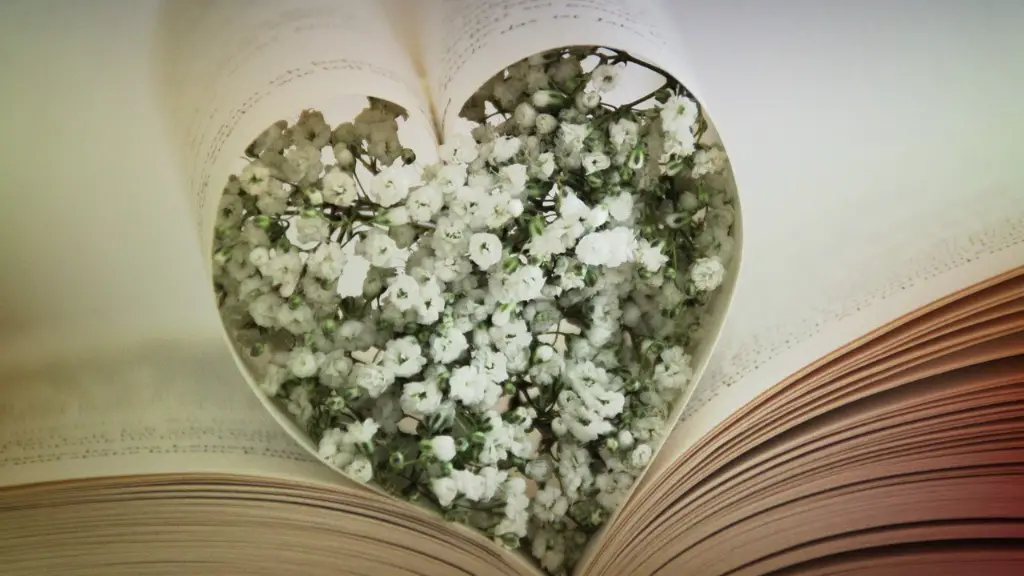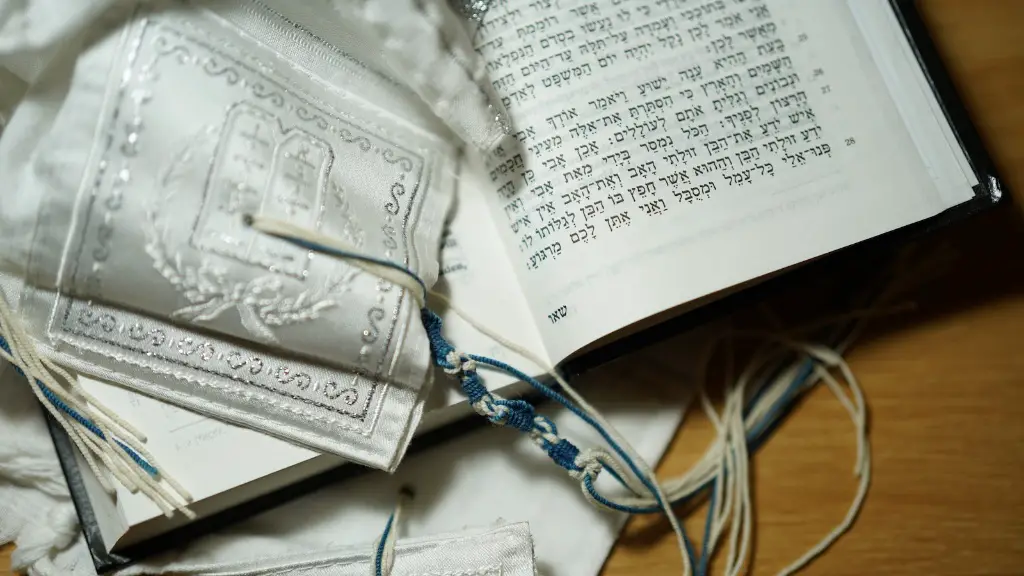Poetry has the potential to enhance the classroom experience for students. It provides an engaging response to literature, and allows students to express themselves through verse. Using poetry in the classroom can help build strong literacy connections and broaden student’s knowledge of literature.
Incorporating poetry into the classroom teaching involves teacher guidance to support students to read and respond to poetry more effectively. Equipping students with the skills necessary to engage in reflective and critical analysis of poetry can help foster critical thinking and develop a more positive attitude towards literature.
When using poetry with class, it is important to set up an environment where students are comfortable exploring and discussing poetry on their own terms. It is also important to give students a safe environment to express themselves and their own experiences. Establishing a sharing atmosphere where all students feel heard and respected can help create an atmosphere that encourages students to be creative and to explore different poetic devices.
Teachers should also make sure that the students are familiar with a variety of poetic devices such as alliteration, rhyme, metaphor, and imagery. Teaching students about such devices can help them to understand and interpret poetry more effectively. Activity for the students can also include having them write their own poems, acting out a poetic narrative, or discussing the interpretations and meanings of a poem.
Providing scholarly works of poetry as examples can also be especially beneficial for students as it can help them to appreciate the craft and history of poetry, as well as its influence in literature and culture. Promoting the study of classic works of poetry can also help to foster a love of literature and language.
Using poetry in the classroom can also be beneficial in other ways. Poetry can be used to engage students in conversations about topics that are difficult to talk about, such as social and political issues. It can also be used to encourage students to think about complex ideas in a creative way.
Incorporating poetry into the classroom can be an invaluable tool in helping students to improve their literacy skills, become more engaged in literature, and think creatively. By providing a safe and supportive environment for students to explore and discuss poetry, teachers can help foster a love of literature and language.
Drawing Connections to Poetry
Having students make connections between poetry and other aspects of their studies can be a beneficial exercise. Navigating the connections between different aspects of language can be a powerful tool for students to become more knowledgeable about and engaged with the material. For example, in English class, discussing how the themes of a poem may be similar to those of a short story or a novel can help students see how literature and language is connected.
In other classes such as science or history, weaving in poetry can also help students see how different topics are interrelated. Understanding how literature can be used to understand and explore other concepts can help give students a better understanding of lessons and deepen their engagement in the material.
Incorporating poetry can also be useful in the study of mathematics. Students can explore how poetry can help explain complicated mathematical concepts by using the language of poetry to express difficult mathematical equations, providing an alternative way to explain and understand mathematics.
By making connections to other fields of study, poetry can be a valuable tool in helping to reinforce the teachings of other classes and enrich student learning.
Building Social-emotional Literacy
Using poetry can be helpful in addressing topics that may be difficult to discuss. Poetry as a way to express emotions can open up safe avenues of dialogue between students and teachers. Poetry can be used to encourage self-reflection and help students identify their thoughts and feelings on a variety of issues.
For example, poetry can be a useful tool for addressing topics such as grief, cultural identity, and social justice. Poetry can provide an outlet for students to express themselves in a creative and safe environment. By providing a safe space for students to express their emotions, teachers can promote emotional literacy, helping students to understand and process their own emotions.
Using poetry can also be beneficial for building empathy in students. Discussing the emotions in a poem can help students to understand different life experiences, and can help to develop empathy and understanding towards others.
Poetry is also a useful tool in building interpersonal relationships with students. Poetry can be used to help students connect with each other on a more emotional level. Having students share poems with each other can help them to build trust and engage in meaningful discussion with one another.
Incorporating poetry into the classroom can be invaluable in helping to build social-emotional literacy in students. By providing a safe space to discuss and explore difficult topics, teachers can help students to better understand their own emotions and those of others.
Creating an Interactive Learning Environment
Using poetry in the classroom can help to create an interactive and engaging learning environment. After introducing a poem to the students, teachers can provide students with a creative outlet for exploring the poem further.
Incorporating art into the study of poetry can be especially beneficial for students as a way to explore their creativity and interpretation of the poem. For example, having students draw visual representations of the poem or write their own poetic interpretations can help to bring the poem to life and bring a new level of engagement to the classroom.
By providing students with a creative outlet, teachers can help to foster a love of literature, creativity, and critical thinking in students. In addition, the use of art can be a great tool to help timid or reluctant students engage more in the classroom.
Using music can also be a great way to get students involved in the study of poetry. For example, having students create musical presentations can help to bring the poem to life in a different way, as well as provide students with the opportunity to learn about musical expression.
Creating an interactive learning environment through poetry can help to foster a more positive attitude towards literature, and can help students to become more engaged in the material.
Incorporating Technology
Incorporating technology into the teaching of poetry has the potential to deepen student engagement in the material. Technology can provide students with ways to explore the poem in creative and engaging ways.
Having students use programs such as Adobe Photoshop or Premiere Pro to create digital presentations of their poems can help to bring the poem to life in a different way. Technology can also be used to create audio presentations, providing students with the opportunity to explore the different aspects of sound and language.
Using technology can also be beneficial in helping to engage students who are more reluctant in sharing their thoughts and opinions on the material. Technology can be used to provide students with a platform to share their interpretations and thoughts on a poem in a safe and comfortable space.
Incorporating technology into the study of poetry can help to engage students in new and creative ways. By providing students with ways to explore the material in innovative ways, teachers can help to foster a deeper engagement with poetry.
Conclusion and Reflection
Incorporating poetry into the classroom can be a great way to engage students and promote critical thinking and literacy. By providing a safe and welcoming environment, teachers can help to promote an appreciation and understanding of literature in the classroom.
Through the use of different activities and techniques, teachers can help students to appreciate the craft and history of poetry, create an interactive learning environment, and increase their understanding of the material. By providing ways for students to express and explore their ideas in creative ways, teachers can help to foster a deeper engagement in the material.
Incorporating poetry into the classroom has the potential to provide students with a deeper understanding of literature, foster creativity, and promote critical thinking skills.





